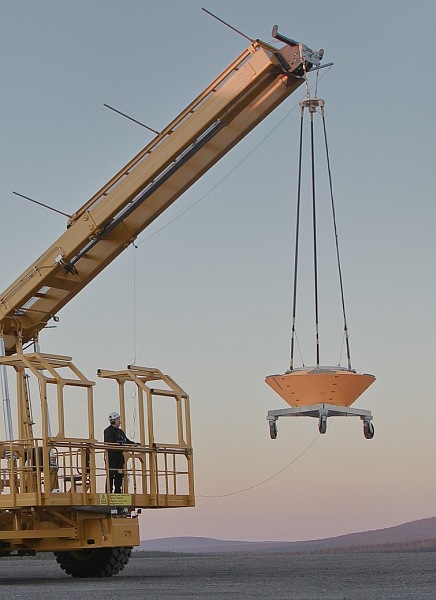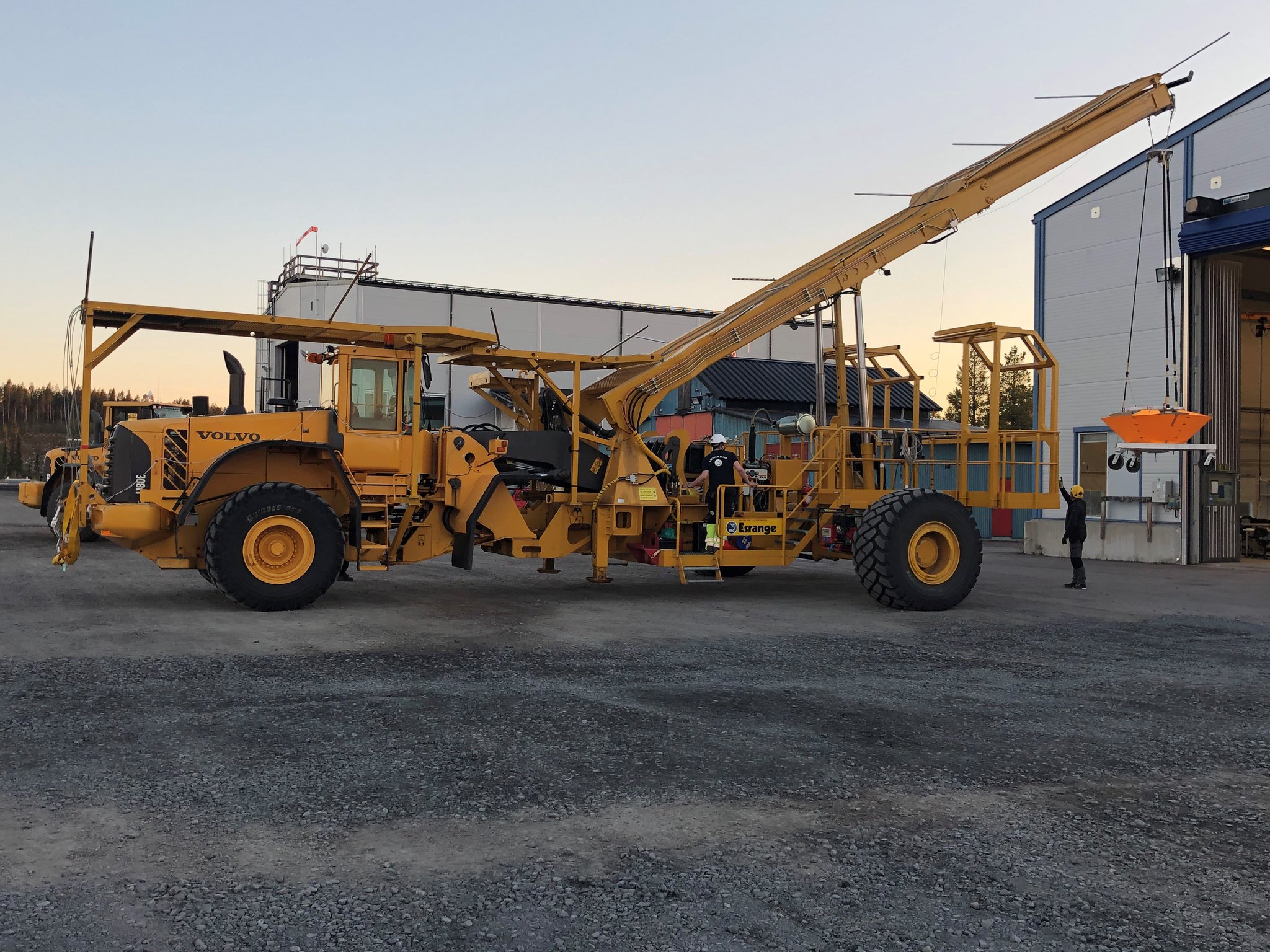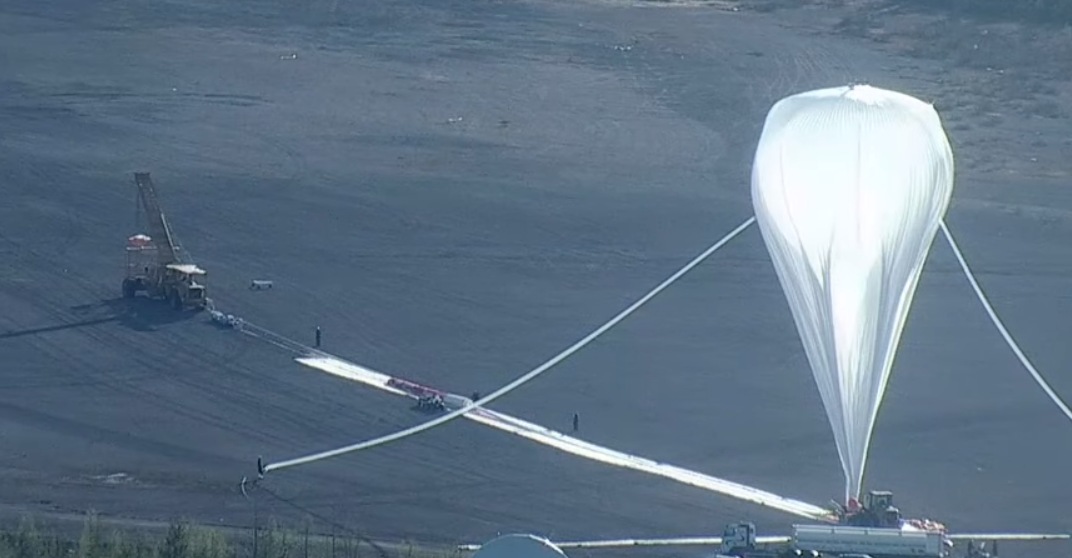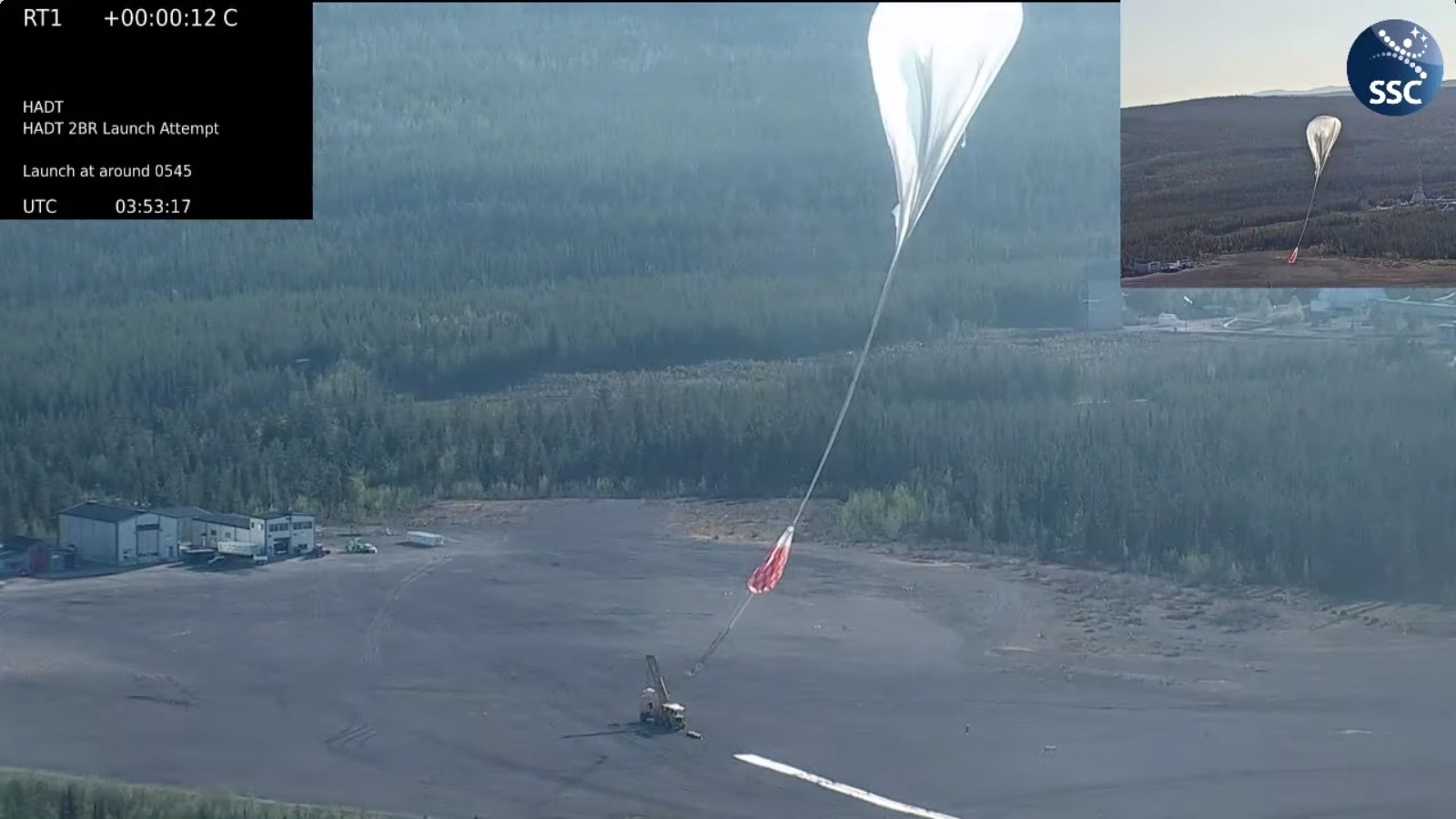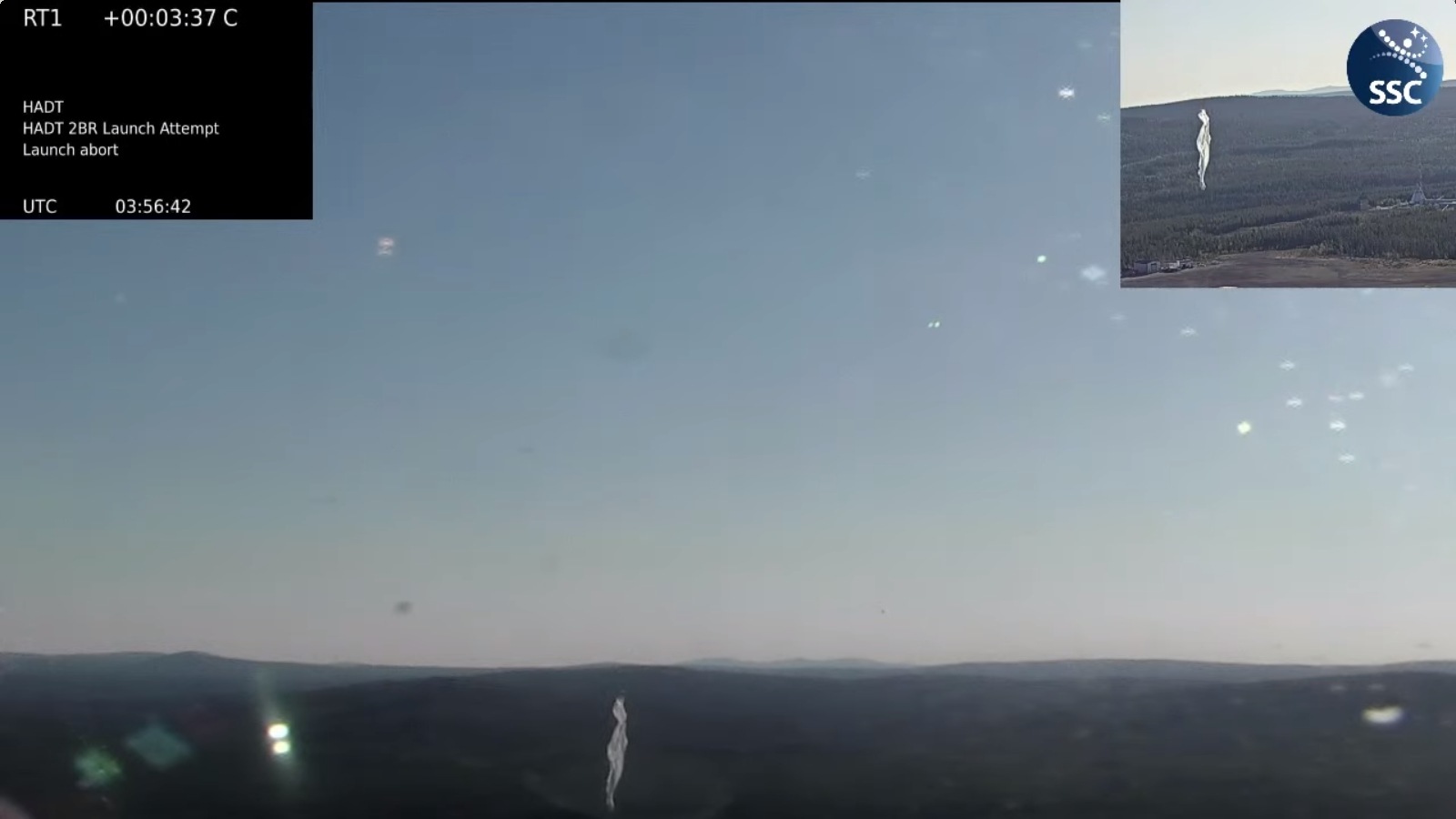Purpose of the flight and payload description
This balloon mission was part of the qualification and testing phase of the parachute system for ExoMars (Exobiology on Mars) mission, an astrobiology programme by the European Space Agency (ESA) and the Russian space agency Roscosmos. The goals of ExoMars are to search for signs of past life on Mars, investigate how the Martian water and geochemical environment varies, investigate atmospheric trace gases and their sources and by doing so demonstrate the technologies for a future Mars sample-return mission. The first part of the programme was a mission launched in 2016 that placed the Trace Gas Orbiter into Mars orbit and released the Schiaparelli EDM lander. The orbiter is operational but the lander crashed on the planet's surface.
The second part of the programme was planned to launch in July 2020, when the Kazachok lander would have delivered the Rosalind Franklin rover on the surface, supporting a science mission that was expected to last into 2022 or beyond. The descent module requires two main parachutes -each with its own pilot chute for extraction- to help slow it down as it plunges through the martian atmosphere. The 15 meters-wide first stage main parachute will open while the descent module is still travelling at supersonic speeds, and the 35 meters-wide second stage main parachute is deployed once at subsonic speeds. Following separation of the parachutes, the speed must be suitable for the braking engines to safely deliver the landing platform and the rover onto the surface of Mars.
To test the performance of the parachutes before the flight, the UK-based company Vorticity Systems was selected as technical consultant under contract with Thales Alenia Space. A special capsule was built by the firm to perform the drop tests of the parachutes, first from low altitude using an helicopter and then from high altitude using a stratospheric balloon. These missions allowed to test the parachutes and deployment sequence with the same gravitational acceleration and atmospheric density as they will experience on Mars.
After the firsts series was completed in 2019 some anomalies were found on the descending system. As a result on March 2020, it was announced that the second mission was being delayed to 2022 as a result of the problems with the parachutes, which could not be resolved in time for the launch window. After studying the problem and some modifications, a new series of parachute tests were needed which were performed in Oregon during 2020 and from Sweden in 2021.
For the 2021 round of tests, a new bag design was applied and a revised approach to folding to avoid line-twisting upon extraction: the parachute had originally been packed inside the bag around the central mortar that contains the pilot chute, such that upon extraction it unwrapped in a 360º fashion. Folding the band of the parachute in two layers, so that it first unfolds in one direction and then 180º in the other direction, proved to reduce the tendency of the canopy to experience friction incurred by wrapping around the mortar.
Also a slightly smaller sized pilot chute (3.7 m compared with 4.5 m previously) was also implemented, aimed at reducing the energy -and therefore the friction- generated upon extraction of the second main parachute from its bag.
Video footage of the failed launch
Details of the balloon flight
Balloon launched on: 6/3/2021
Launch site: European Space Range, Kiruna, Sweden
Balloon launched by: Swedish Space Corporation (SSC)
Balloon manufacturer/size/composition: Zero Pressure Balloon
Flight identification number: SSC Flt Nº 657
End of flight (L for landing time, W for last contact, otherwise termination time): 6/3/2021
Landing site: Aborted flight
The flight was originally scheduled to take place on June 3, 2021. Both balloon inflation and balloon release went smoothly, but when the balloon was directly above the launch vehicle and ready to take on the payload, something happened and the balloon/parachute separation mechanism activated. As a result, the balloon ascended a few meters before collapsing and falling back to the side of the ESRANGE launch pad. The payload was never released by the launch vehicle.
The fault was traced to impurities in the Helium supply. This has never happened before at ESRANGE. After the incident, SSC implemented tests of the delivered helium, to mitigate the risk for a reoccurrence of this fault. The planned mission was conducted succesfully three weeks later.
External references
- ExoMars website European Space Agency
- Balloon operations at Esrange Space Center since the last ISTS 33th International Symposium on Space Technology and Science, 2022
15707If you consider this website interesting or useful, you can help me to keep it up and running with a small donation to cover the operational costs. Just the equivalent of the price of a cup of coffee helps a lot.

